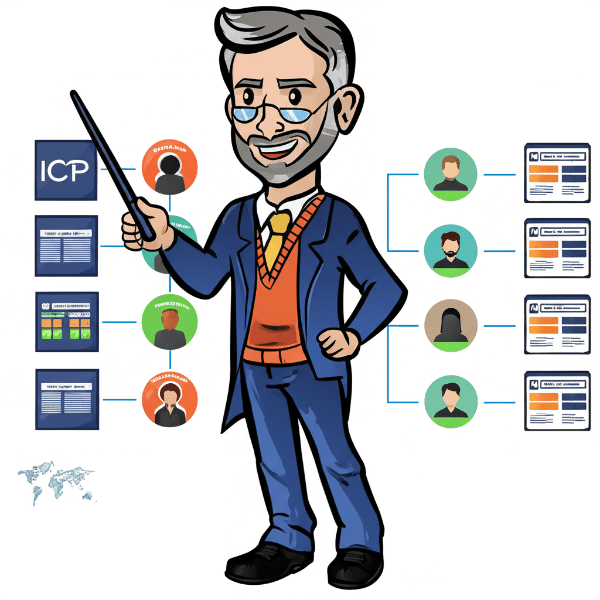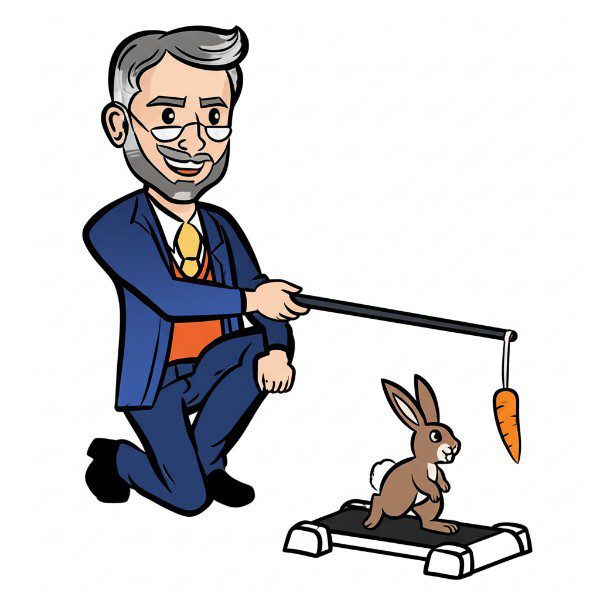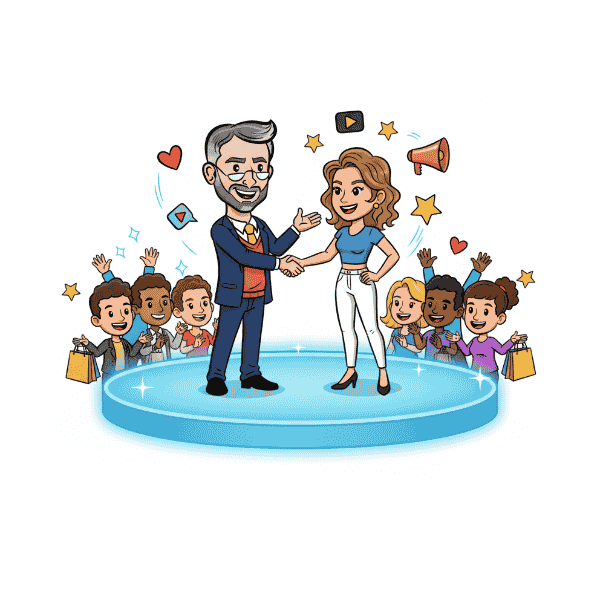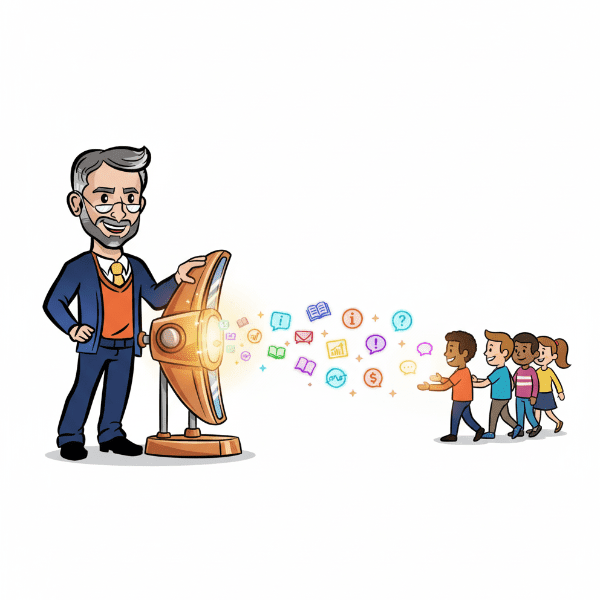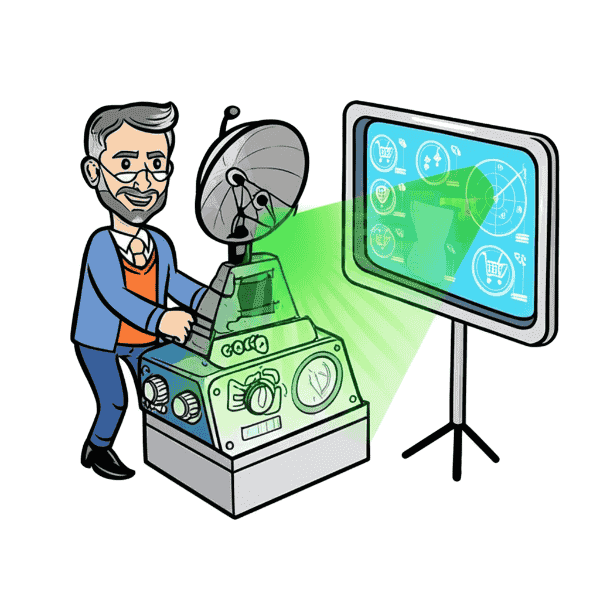Definition: In-store marketing is a retail strategy focused on engaging customers and driving sales through in-person promotional tactics. It encompasses a range of activities, including product displays, in-store promotions, digital signage, interactive kiosks, and personalized assistance from sales representatives. Unlike traditional advertising that reaches consumers outside the store, in-store marketing influences purchasing decisions at the point of sale.
By leveraging strategic placements and sensory experiences, businesses can create compelling environments that encourage impulse buys, reinforce brand identity, and enhance customer satisfaction.
Use It In a Sentence: Our in-store marketing strategy, which included digital displays and exclusive discounts, significantly increased foot traffic and sales conversions.
Key Elements of In-Store Marketing

- Product Displays: Eye-catching shelves, endcaps, and promotional stands that highlight featured items.
- Point-of-Purchase (POP) Displays: Promotional materials placed near checkout areas to encourage last-minute purchases.
- Digital Signage: Screens displaying advertisements, promotions, or product information.
- Experiential Marketing: Hands-on product demonstrations, samples, and interactive experiences.
- Loyalty Programs & Discounts: Exclusive in-store promotions or membership rewards to retain customers.
Why In-Store Marketing Matters
- Enhances Customer Experience: Creates an engaging shopping environment that encourages longer visits.
- Increases Sales Opportunities: Promotes impulse purchases and boosts product visibility.
- Strengthens Brand Presence: Reinforces brand messaging and builds customer loyalty.
- Encourages Personal Interaction: Allows staff to provide tailored recommendations and customer support.
How to Implement an Effective In-Store Marketing Strategy
- Understand Customer Behavior: Analyze shopper habits to optimize store layout and product placement.
- Leverage Visual Merchandising: Use color, lighting, and creative displays to attract attention.
- Incorporate Technology: Utilize digital screens, QR codes, and interactive touchpoints.
- Train Sales Staff: Equip employees with product knowledge and customer engagement techniques.
- Measure and Adjust: Track sales data and customer feedback to refine marketing strategies.
More Definitions:
- Interactive Marketing
- Localization Marketing
- Engagement Marketing
- Direct Marketing
- Shopping Cart Abandonment
Useful Posts
(From the Sales Funnel Professor Blog)
- Defining Your Bank Marketing Strategy
Explore foundational steps to align your marketing message with customer needs. - Credit Union Marketing: 7 Tips to Stand Out from Banks
Learn how CUs can compete by doubling down on member-first marketing. - 10 Tips to Tighten Up Your Software Sales Pitch
Improve your pitch delivery and clarity with these tactical refinements. - Top ‘Must Have’ Bank Marketing Ideas That Move The Needle
Discover top must-have bank marketing ideas that drive real results and boost customer engagement. - Scalable Local Marketing Frameworks for Multi-Location Brands
Managing marketing across multiple locations is complex. This guide breaks down scalable local marketing frameworks.



